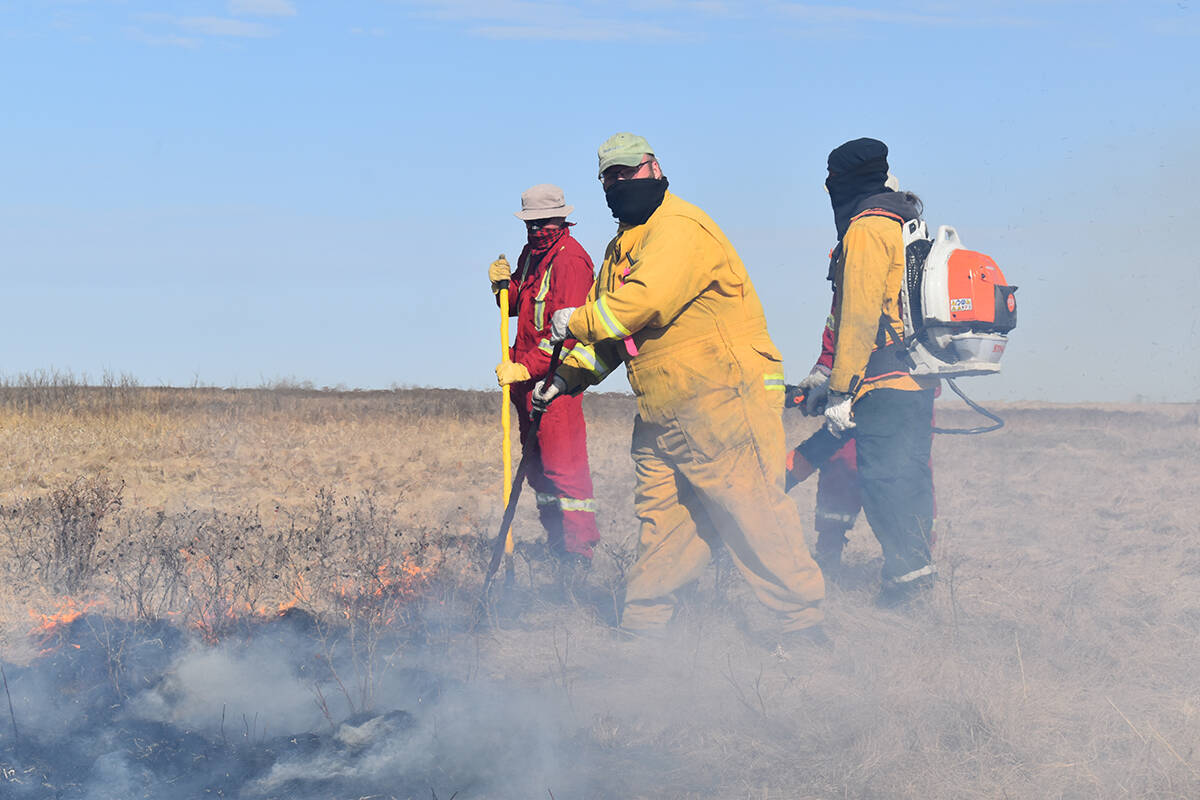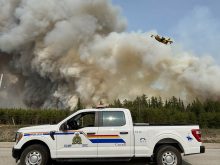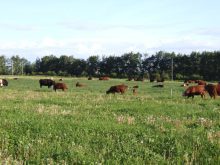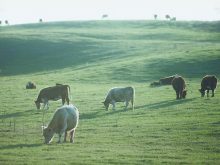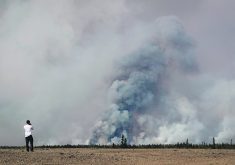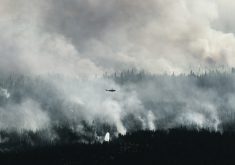Glacier FarmMedia – Historically, wildfires were common in grasslands and necessary for evolution.
Once people started managing native grasslands for livestock production, however, they suppressed fires.
Eric Lamb studies prescribed burns and grassland ecology at the University of Saskatchewan. Some of the pastures he works on haven’t been burned in 90 to 100 years, even though fires used to occur every two to five years.
Read Also

A new vaccine for bovine tuberculosis? Maybe not yet, but a step closer
Bovine TB vaccine candidate MSX-1 may finally offer cattle some disease protection without intering with tuberculosis test results, but it’s still early days.
“I’ve been becoming much, much more active in research on that side of things, saying, ‘well, if we think fire is more important for management, we need more and better information on exactly when, exactly how much, to achieve particular goals,’ ” says Lamb.
There are many benefits to using fire to manage grasslands, he says. Not only is it a way to push back unwanted vegetation such as shrubs, but it also benefits forage quality.
Forages that grow after a burn have a higher protein content and a lower fibre content.
As well, grass is easier to access in the early spring days of grazing because the litter was burned.
“What we see, in a recently burned area, is the grazers will seek those locations out as kind of a preferred grazing area,” Lamb says.
Research hasn’t yet been conducted in Canada on how grazing recently burned pasture affects cattle health, but studies in the United States have shown higher gains in cattle grazing this land.
Prescribed burns can also be used to target specific invasive species, such as Kentucky bluegrass, and to protect buildings from future wildfires in certain situations.
“We often view fire as a danger to infrastructure, but remember that we can also use fire to remove fuel under safe conditions, and this reduces the risk of wildfire conditions,” Lamb says.
He is starting a research project in the Foam Lake Community Pasture near Foam Lake, Sask., that focuses on how prescribed burns affect shrub control.
“One of the problems with any method for woody plant control is the plants just come back,” he says.
Because of this, it takes several years to really knock the shrubs back.
Lamb’s research will examine if there is a benefit to a mixed approach, such as using herbicide one year and a prescribed burn the next.
“It may well be that there’s some more effective combinations of control methods, with fires being only one of the potential tools in your toolbox.”
Renny Grilz, resource management officer with the Meewasin Valley Authority in Saskatoon, oversees prairie restoration, prescribed fire management and targeted grazing programs. He has been involved with many prescribed burn projects, including those at the Spy Hill and Aberdeen community pastures.
At both community pastures, the goals were the same: reduce shrub and tree encroachment, attract livestock to the pasture’s burned area, reduce excessive litter and reduce wildfire risk.
The burn unit at Aberdeen was around 23 acres that had been left ungrazed for 15 years. They’ve done one prescribed burn and have seen many benefits, especially because it burned a large portion of aspen and willow oaks.
At Spy Hill, the burn unit was 850 acres because of concerns about the risk of wildfire. After that burn, aspen regrowth was set back.
“They’re probably going to have to do a fire in three or four years again to try and knock back some more of that aspen,” Grilz says.
More research is needed on the effects fire may have on grasslands. For example, Lamb says there are many benefits for native prairie, but not enough research has been done on tame grass.
For producers who want to implement prescribed burns, safety must be ensured.
Lamb recommends training from the Canadian Prairies Prescribed Fire Exchange. The online course, available at grasslandfire.ca, takes 15 hours, and the current cost is less than $200.
After the course, people should do practical training before attempting a prescribed burn. Lamb recommends finding local groups already doing them and joining their fire crew for boots-on-the-ground experience.
Often, working on these fire crews will help people form a prescribed burn association, where neighbours can help each other, says Lamb.
“If you can build up something like that, along with support from your … (municipal) fire department and things like that, it’s quite possible that this can be done very safely and at a big enough scale to actually make a difference for management.”
The frequency of prescribed burning depends on the producer’s goals, whether it’s improving forage, pushing back shrubs or minimizing litter.
For example, it usually takes forages five years to produce at its pre-burn volume, so producers would want to wait at least five years between burns.
However, if someone is trying to repress woody shrubs or trees, they might want to burn every other year or every three years. Then, they might not have to burn again for a decade.
Regardless of why a producer is burning pasture, they need to have respect for the fire to be successful and safe.
“Fire can be a destructive force,” says Lamb.
“But in grasslands, it can also be a renewing force.”


